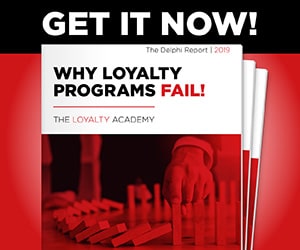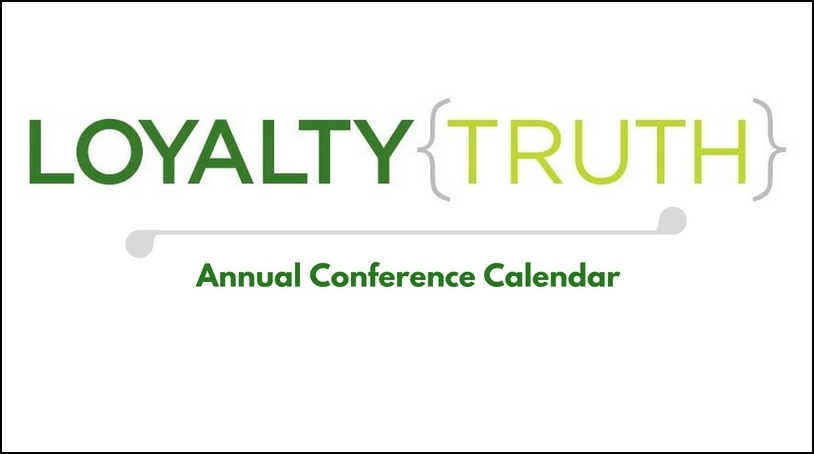When I sat down to write about managing the financial liability generated by customer loyalty programs, I naively thought it was suitable for a post to Loyalty Truth. In terms of subject matter, it is right on target, but in terms of complexity, program liability is not something you can adequately discuss in a few hundred words. How about if you just stay tuned for a White Paper on this subject in the very near future?
For now, let’s cover a few salient points and, in Loyalty Truth fashion, rip the cover off the soft talk that is being used to address the subject.
First and foremost, a liability can never be defined as an asset, however clever the argument. My finance professors in Charlottesville would never have let me pass if I couldn’t scribe this equation accurately: Assets = Liabilities + Owners Equity.
In financial accounting, a liability is defined as:
“an obligation of an entity arising from past transactions or events, the settlement of which may result in the transfer or use of assets, provision of services or other yielding of economic benefits in the future.”
In Loyalty Marketing terms, liability represents a deferred expense and is normally satisfied by a future cash payment to a vendor for the cost of a reward redeemed by a valued program member. For loyalty program sponsors paying for points (or whatever they wish to call their promotional currency) “On Issuance”, there is a line item in the marketing budget to expense total reward cost in the current period. The flip side of the equation provides that the reward supplier (the seller of the points) holds a liability against future redemption activity. The supplier manages the point bank and accepts the associated risk, but also benefits from predictable cash flow and breakage resulting from points expired or forfeited in the future. Note: there is a potential conflict between client and supplier built-in to this business model as the breakage that creates profits for the supplier could negatively impact the client’s reward program.
For program sponsors paying for points “On Redemption”, a financial reserve is made for the value of each point issued based on a percentage rate framed by industry norms and auditor approvals. Accounting entries are made each month for the actual cost of points redeemed in the period. The sponsor is in control of all the financial levers that dictate the financial health of the loyalty program and only parts with cash to pay supplier invoices for the actual cost of rewards redeemed on a monthly basis. The spoils of breakage belong to the sponsor.
In my experience, there are two key elements of Loyalty Program Liability that must be addressed at the Executive level of the sponsoring company:
- Setting Expectations: A fair and accurate forecast of future liability is integral to the loyalty business case. Projections should address both the magnitude and growth rate over time and be tested for sensitivity to varying levels of point cost, earn rates, and redemption levels. To understate or avoid addressing financial liability can be as damaging to the future health of a loyalty program as any other single factor while wrapping up the business case.
- Engagement Value: It is critical to establish with Executive Stakeholders that higher redemption rates correlate with higher program activity, engagement, and will lead to program ROI and corporate profitability. As an extreme example, if no one redeems, your financial staff may be chest-bumping in the short term, but working on their exit strategy within the near future. Lack of redemptions equates to customers who don’t care about your program, and are either responding to different forms of promotion or have moved on to patronize another brand.
Speaking from direct experience, I have worked with three separate banks over the past year that surprised me with one of these situations:
- An existing Loyalty program in market for several years with no reserve made to account for unredeemed points
- A mature Loyalty program with point liability being accrued based on an actuarial calculation disconnected from actual activity and redemption rates
- Newly launched program with business case in place forecasting liability and with recommended accounting entries – but no reserve being made
The root cause for each situation could be described, respectively, as lack of knowledge, inexperience with loyalty program best practices, and poor execution. In each case, it wasn’t fun being the messenger who delivered an accurate calculation of unreserved liability or pointed out that the road-map was in place but no one turned the keys in the ignition. But isn’t that what companies expect from their trusted outside advisors? The financial impact of these reserve shortcomings was more than 10X my fees charged and our recommendations spared the banks from further financial harm and management embarrassment. The message was a hard pill to swallow, but saved the patient from a potentially terminal illness!
Stories like these get around and there have been a few cases where issuers of promotional currency encounter financial hardship and can’t make good on their obligations. This combination of factors led one North American bank I met with to politely digest a complicated calculation of recommended reserve rate and then “over-reserve” at 90% of the funding rate to avoid even a sniff of risk associated with their program.
Loyalty Program Liability is the biggest line item in the overall budget and can’t be talked around or white-washed with business-speak. “A leopard never loses its spots” and loyalty program financial liability won’t just take care of itself.
The key to successfully managing the point-bank starts with setting expectations properly in the business case and reaching consensus with executive stakeholders that high redemption rates are a lagging economic indicator of loyalty program success. Program profitability can be further driven by aggressively managing reward cost, establishing partnerships to share cost, and remaining attentive to program rules to manage liability growth.
 Previous Article
Previous Article



